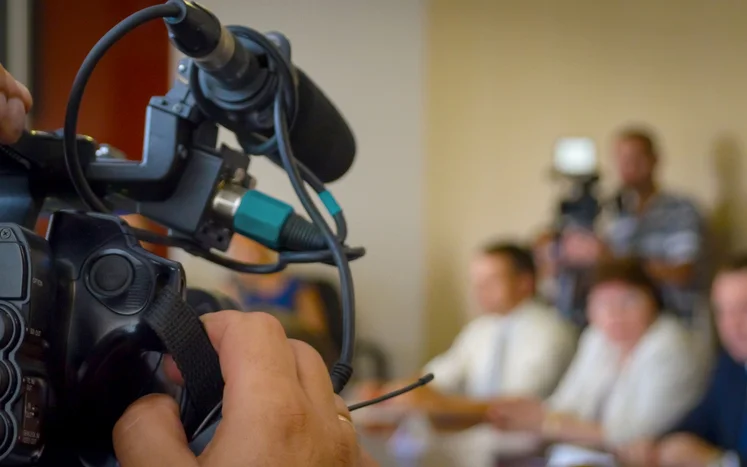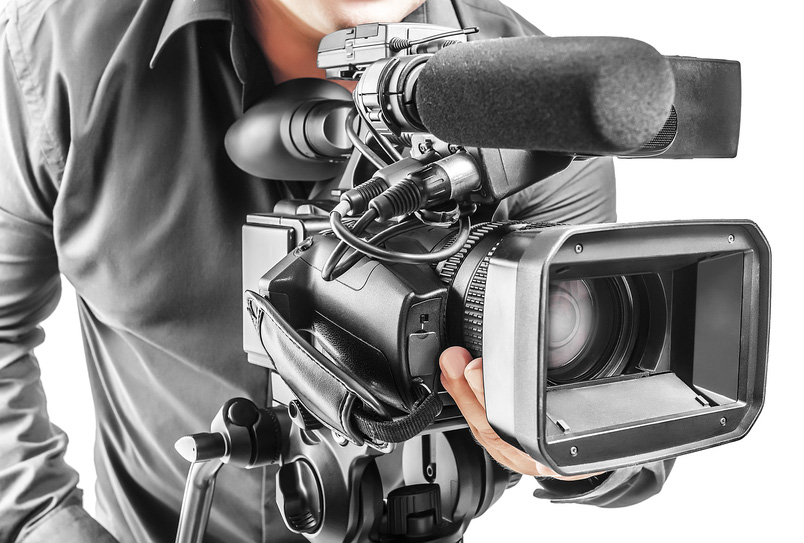Trusted Legal Videography for Capturing Precise Evidence.
Trusted Legal Videography for Capturing Precise Evidence.
Blog Article
Why Legal Videography Is Vital for Accurate Legal Record-Keeping
In the realm of legal process, the precision of record-keeping is vital, and lawful videography becomes a crucial device in this context. By capturing the subtleties of spoken and non-verbal communication, it substantially reduces the capacity for misinterpretation that can go along with traditional written records. Moreover, the conservation of authentic visual evidence not just boosts the trustworthiness of testaments but also adds to a detailed account of occasions. As we check out the diverse advantages of legal videography, one should consider its ramifications for the future of judicial stability and transparency - legal videography.
Importance of Visual Proof
Developing the value of aesthetic evidence in legal proceedings is critical for ensuring accurate record-keeping and improving the general integrity of the judicial process. Visual evidence works as an essential tool in documenting occasions, problems, and other important details that may be important to a case. Unlike created accounts, which are prone to interpretation and bias, aesthetic recordings give a purpose, unalterable depiction of truths as they occurred.


This type of proof can catch a selection of aspects, consisting of witness habits, ecological context, and physical evidence, every one of which might influence judicial end results. By providing a clear and comprehensive aesthetic story, lawful videography eliminates uncertainty and aids to protect the credibility of the proof.
Moreover, visual proof can be instrumental in lowering disputes over accurate discrepancies, as it enables a straight comparison against statement and various other documented records. In an era where digital modern technology is increasingly common, the capability to existing aesthetic evidence efficiently can significantly enhance the general high quality of lawful proceedings. Ultimately, the incorporation of visual evidence not only boosts the documents procedure but also reinforces public count on the judicial system by advertising openness and liability.
Enhancing Testament Trustworthiness
The integration of lawful videography right into court procedures substantially improves the integrity of witness testament. By catching the nuances of verbal and non-verbal interaction, video clip recordings give an even more thorough depiction of a witness's behavior, feelings, and dependability. This visual documentation enables jurors to observe the witness's body language, faces, and total behavior, which are critical components that can influence their assumption of testament reputation.
In addition, lawful videography minimizes the potential for misinterpretation or distortion of testimony that may take place in composed records. Viewers can see and listen to the statement as it was presented, ensuring that the context and tone are maintained. This authenticity fosters a higher feeling of count on amongst jurors, that may be more inclined to believe testimony that they can witness firsthand.
In addition, the presence of video clip footage can deter witnesses from supplying misleading or overstated declarations, as they realize that their testament is being tape-recorded. This liability reinforces the stability of the judicial procedure. Ultimately, lawful videography functions as an important device in ensuring that witness statement is not just accurately portrayed yet additionally seen with increased reliability by all celebrations entailed.
Comprehensive Document Preservation
Comprehensive record conservation is essential for preserving the honesty of lawful procedures. Lawful videography acts as an essential device in this process, giving an exact visual and acoustic account of testimonies, depositions, and other turning points in a situation. Unlike typical written records, video recordings capture the nuances of body language, tone, and emotion, which are crucial for understanding the context and intent behind statements made during legal procedures.

Moreover, the ability to assess video evidence permits attorneys to identify critical information that may have been forgotten in composed records. By keeping a detailed archive of legal procedures through videography, regulation firms can promote the greatest standards of accuracy and liability, eventually adding to a fairer judicial process.
Simplifying Legal Process
Improving lawful proceedings is necessary for enhancing effectiveness and reducing delays within the judicial system. Lawful videography acts as an essential device in accomplishing this objective by providing clear and precise visual paperwork of court hearings, depositions, and testaments. This technology enables browse this site for real-time recording, you can find out more ensuring that all spoken and non-verbal signs are captured, which can assist in quicker resolution of disagreements.
The integration of videography right into lawful processes reduces dependence on traditional techniques, such as extensive transcripts, which can be taxing to create and review. By having access to tape-recorded video, attorneys can promptly reference key minutes, improving their capability to prepare and present instances efficiently. This immediacy also helps in the making clear of testaments, reducing the capacity for false impression.
Additionally, aesthetic documentation promotes an extra interesting court room experience for jurors, helping them to grasp complex information more readily. Ultimately, legal videography streamlines communication amongst all events entailed, from lawyers to courts to jurors, consequently advertising an extra effective judicial procedure (legal videography). In an era where time is important, welcoming this innovation is vital for the modern lawful landscape
Admissibility in Court
Precise documents is crucial not only for performance but additionally for making sure that evidence is permissible in court. Legal videography offers as a vital tool in this procedure, providing a reliable aesthetic record of testaments, statements, and occasions.
To be deemed permissible, legal videography has to adhere to well-known procedures, such as correct tools usage, proper lighting, and clear sound capture. Additionally, it this content is important to have certified videographers that comprehend the lawful requirements bordering proof collection. The chain of wardship have to likewise be preserved to avoid any type of claims of tampering or change.
Furthermore, lawful videography can boost the persuasiveness of evidence by giving jurors with a direct view of the testament, enabling a much more involved understanding of the instance. In summary, the combination of lawful videography into record-keeping not only supports effectiveness however also strengthens the honesty and admissibility of proof in court proceedings.
Final Thought
Finally, legal videography plays a critical function in making sure exact lawful record-keeping by giving unbiased aesthetic documents. This approach boosts the credibility of testimonies, preserves extensive records, and streamlines legal proceedings. Additionally, the admissibility of top quality video proof in court more emphasizes its relevance - legal videography. Eventually, the consolidation of legal videography into the judicial process advertises openness and boosts public count on the stability of the legal system.
Report this page